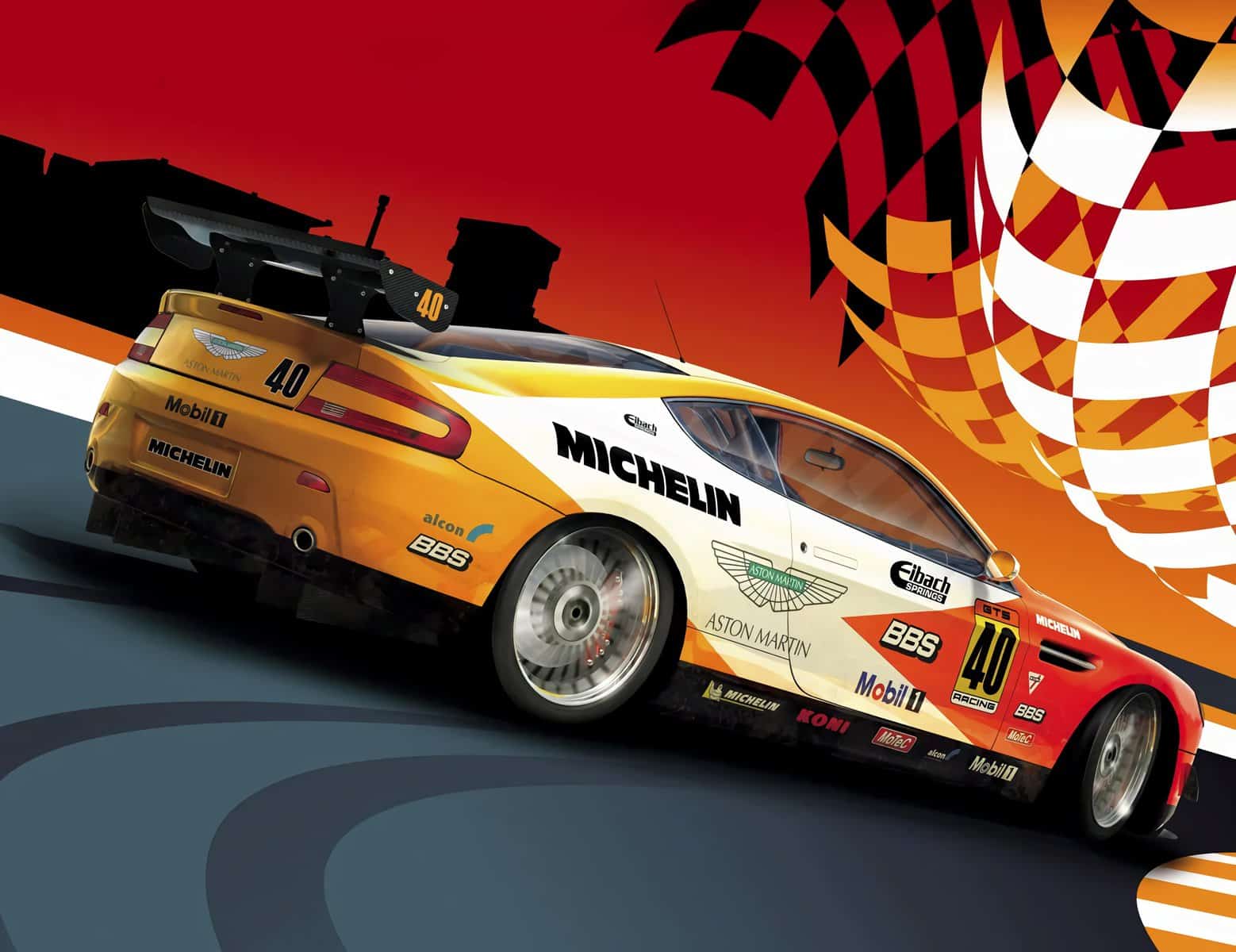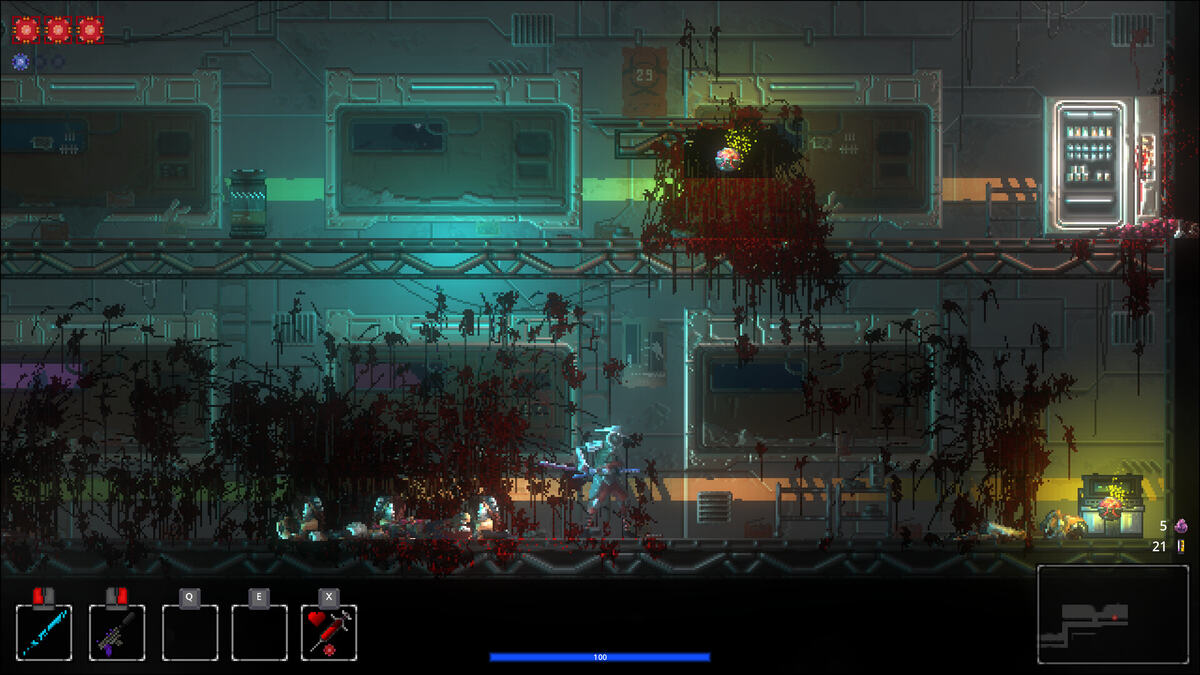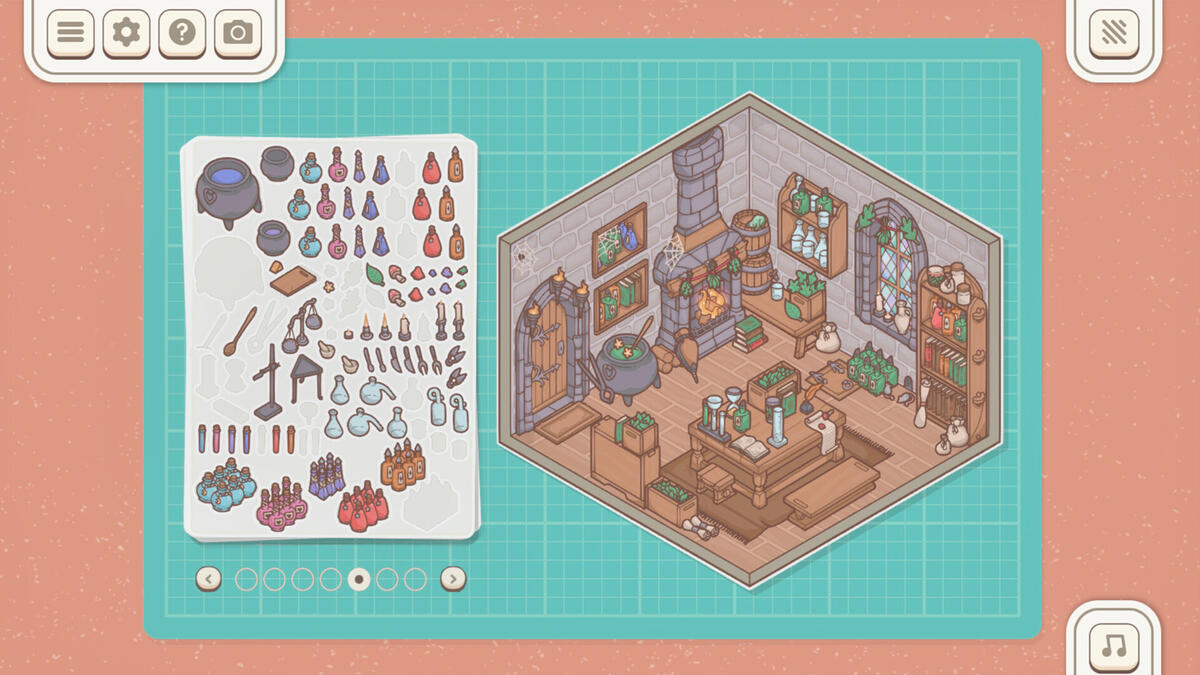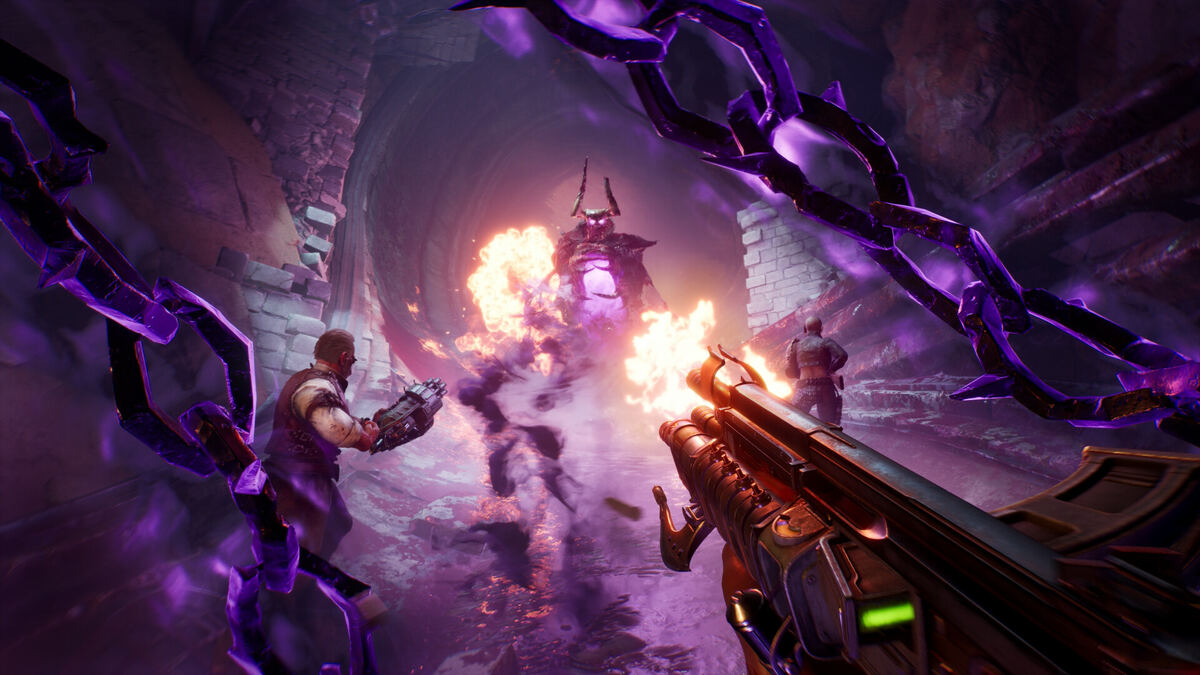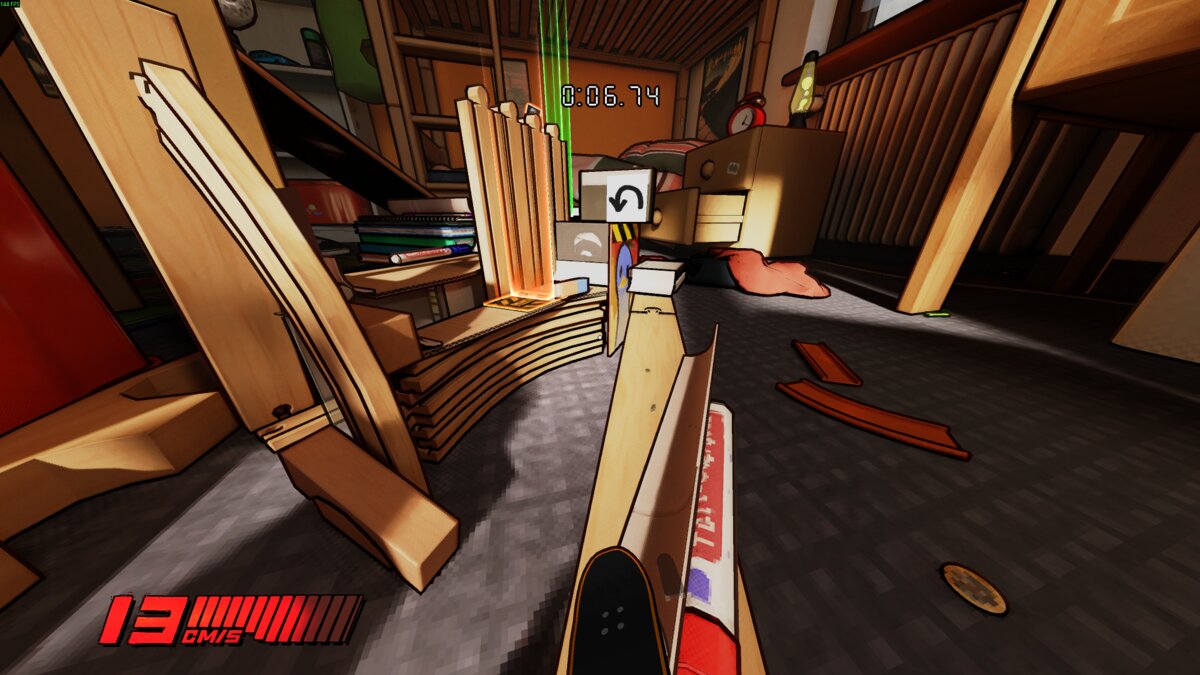You can trust VideoGamer. Our team of gaming experts spend hours testing and reviewing the latest games, to ensure you're reading the most comprehensive guide possible. Rest assured, all imagery and advice is unique and original. Check out how we test and review games here
Forza Motorsport 2 is due for release exclusively on Xbox 360 on June 8, so in preparation for the big event I took to the track to check out what Microsoft’s Turn 10 team has been doing since the original game hit the Xbox. While still in need of a little polish here and there, there’s no doubt that Forza 2 is shaping up to be a worthy follow-up.
Without wanting to get bogged down in the finer details that we’ll no doubt go over in our review in less than a month’s time, I’m going to talk about a few of Forza 2’s key points: the areas of the game that show clear improvement over the team’s first effort.
Firstly, and most importantly, is the driver AI. The original game made use of the Drivatar system to deliver some really smart AI, but this has been completely overhauled for the sequel. You won’t notice until you crank the difficulty up, but these AI drivers can be incredibly lifelike at times, making offline racing more enjoyable than ever before. It’s quite possible that you’ll build up grudges against certain drivers, simply because they drive so much like real opponents and aggravate in the same way.
With that key area of the game nicely tuned for next-gen, it’s onto the car customisation. The level of car customisation achieved in the original game took even the developers by surprise, with certain players able to create works of art on their cars. Gallery pages sprung up all over the internet and people wanted more. Turn 10 have delivered the goods, with the custom paint job and livery tools being drastically improved.
Most important to this is the increase in available layers. If you’re familiar with programs like Adobe’s Photoshop you’ll know just how important layers are to creating graphics, so the bump from around 500 layers in the original to approximately 4000 in Forza 2 is pretty huge. While art has never been a strong point of mine, the tools on offer seem pretty intuitive and I was able to create a cheeky smiling face complete with sticking out tongue without too much difficultly. These custom paint jobs can be saved to use on other cars or even traded with other users in the game’s in-built marketplace.
Performance customisation has also been beefed up, with far more upgraded components than before and a whole heap of information about what each upgrade does. While Forza series Game Director Dan Greenawalt was enthusiastic about this part of the game almost being a game in itself, especially in the hands of car enthusiasts, it was hard to take his word on face value. After spending some time with the game, it’s quite clear that upgrading and tuning cars could take up huge chunks of time. The telemetry tools on offer are great too, enabling you to see exactly what difference your tuning has made.
Of course, while all these customisation options are great, for most people Forza 2 will live or die by its driving. Being a sim there’s always going to be a barrier for entry but, after a good few hours play, it seems that Turn 10 has really built a game that can appeal to pretty much anyone who’s interested in driving cars round a track. The whole game is built around an RPG-like levelling up system that is constantly rewarding players with new things, but skilful players are going to get more of a reward.
With all the driving assists enabled the game is still a heap of fun, but with a racing line to follow and your car almost unwilling to spin out of control, things are pretty easy, at least early on. To counter this, credits earned are dependent on the difficulty you’re racing on. This means that good players can make it through the career faster (although it’ll still take a long time) and have access to the more expensive cars sooner.
All these improvements and a driving model that feels spot on will count for nothing in the eyes of many though. We’re in the middle of a next-gen console war and there’s only one area that matters: visuals. Even though the build I played wasn’t final and is indeed being polished, there’s no denying that Forza 2 is a great looking game. HD gaming is the norm these days, but even so, Forza 2 seems crisper and more vibrant than many of its stable mates. It’s got that sharp arcade-quality feel to it and the smooth 60 fps frame rate is wonderful. It’s a shame the motion blur in the replays isn’t an option during normal play, but 60 fps frame rate activists would have it no other way.
So, Forza 2 is looking good, plays great and features some much wanted improvements to the car customisation. The verdict on online play and how well the career stacks up after 20+ hours will need to wait for the review, but if you’re a Forza fan, or a fan of cars in general, it’s hard to see how you’re going to be disappointed by what Microsoft has to offer.
/https://oimg.videogamer.com/images/ec1b/forza_motorsport_2_23.jpg)
